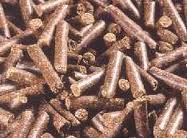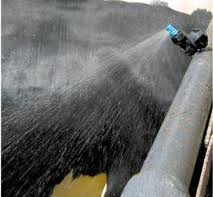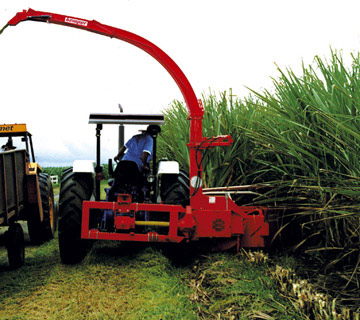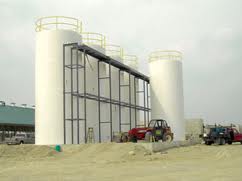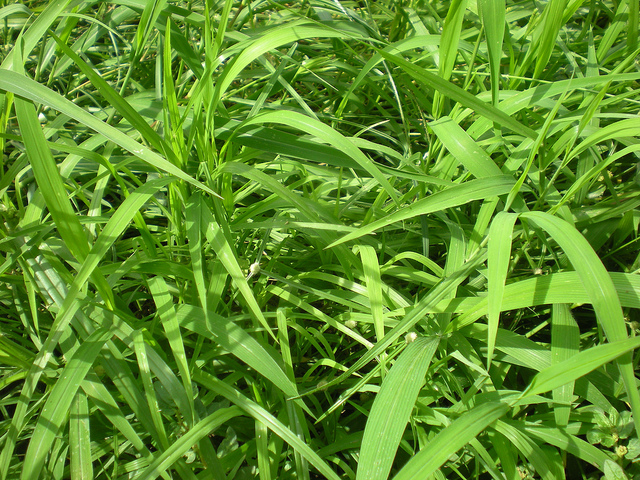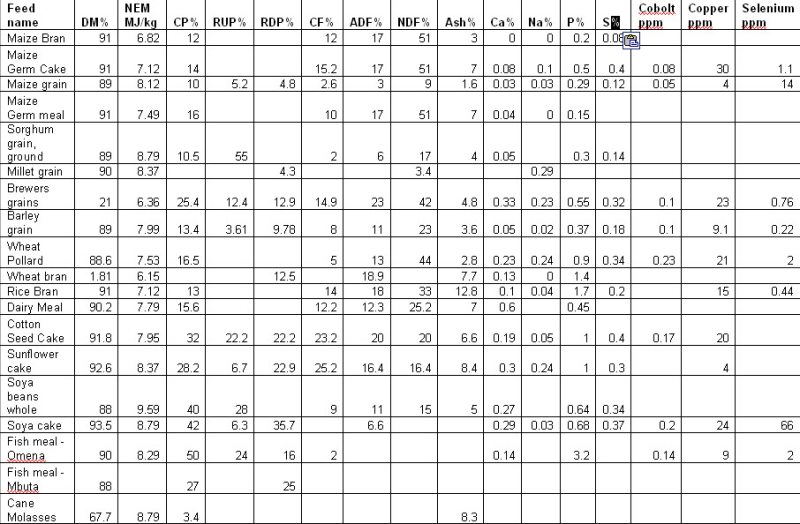Food, Water and Equipments
Forage is the most important component in the diet of dairy cattle because of the dramatic impact it has on dry matter and nutrient consumption. The quality and form of forage are two of the factors that have been shown to influence dry matter consumption and milk production in dairy cattle, says Richard O' Kellems from the Animal Science Department, Brigham Young University.
Now, Canadian farmers have access to AERC's Canadian Forage Sorghum Hybrid 30. It produces better yields with excellent forage quality over a wide range of growing conditions than the US Sudan grass. This hybrid has been tested widely across Canada over several years with no toxicity concerns and is safe under normal growing conditions.
Milk composition is affected by the diet consumed by the lactating dairy cow. Alltech's programmed approach to enhancing natural antioxidant capacity involved the feeding of a low inclusion rate pack of bundled, proprietary Alltech technology.
When feeding pregnant dairy cows, it’s often easier to create a diet plan for your entire herd rather than each individual cow. That said, dairy cow owners should take several factors into consideration when setting up a diet plan. The age of the cow, stage of lactation, body condition, stage of pregnancy and butterfat yield should be factored into your planning. The dairy cow partitions her food between body reserves and milk production, so if you overfeed her, the surplus will be sent to body reserves. An underfed dairy cow will draw on her body reserves in order to sustain milk production. This can result in the cow losing weight.
Read more: Diet for Bred Cows | eHow.com http://www.ehow.com/about_6696356_diet-bred-cows.html#ixzz1Wm83obON
Researchers at Teagasc Animal & Grassland Research and Innovation Centre, Moorepark ask: can the nitrification inhibitor dicyandiamide (DCD) increase grass dry matter production?
Ireland's temperate climate and resulting grass production advantage allows the Irish to exploit the competitive advantages associated with grass-based production systems compared with high input systems, says Michael O'Donovan from Teagasc.
Working carefully is the main pre-condition for successful silage. The exclusive use of silage additives cannot correct insufficiencies such as poor compaction. Some significant aspects which affect the silage result and should be given special attention are listed below. Since requirements and conditions at every farm differ, the points above can only serve as general guidelines. Special recommendations can be obtained from our employees.
It’s a well-know fact that methane given off by farm animals , especially cows and other ruminants, is a huge contributor to greenhouse-gas levels. The digestive bacteria in cows’ rumens, or stomachs, cause them to belch methane, the second-worst heat-trapping emission associated with global warming.
WHAT IS DDGS?
DDGS (Dried Distillers Grains with Solubles), a coproduct of the ethanol production process, is a high nutrient feed valued by the livestock industry. When ethanol plants make ethanol, they use only starch from corn and grain sorghum. The remaining nutrients - protein, fiber and oil - are the by-products used to create livestock feed called dried distillers grains with solubles. A third of the grain that goes into ethanol production comes out as DDGS. Each bushel of grain used in the ethanol-making process produces 2.7 gallons of ethanol; 18 pounds of DDGS and 18 pounds of carbon dioxide.













